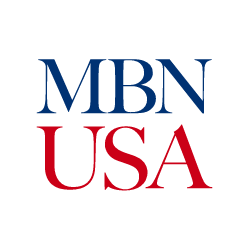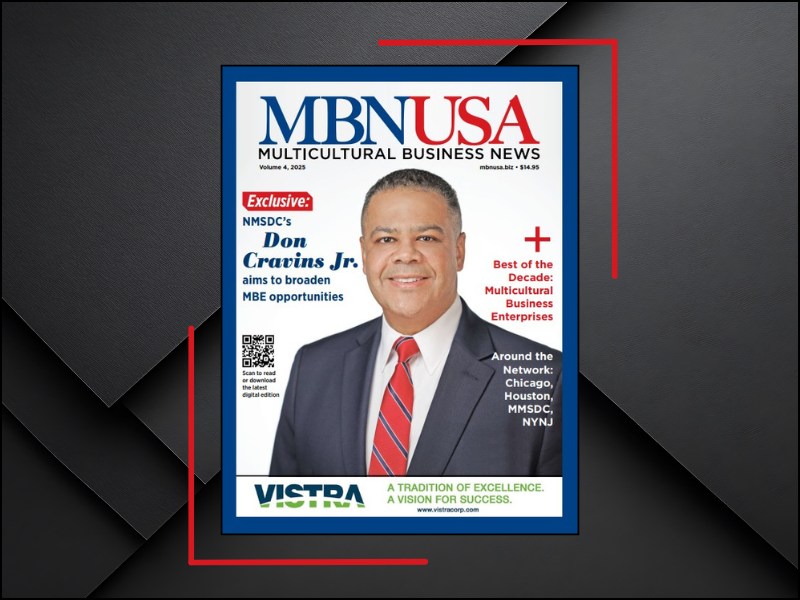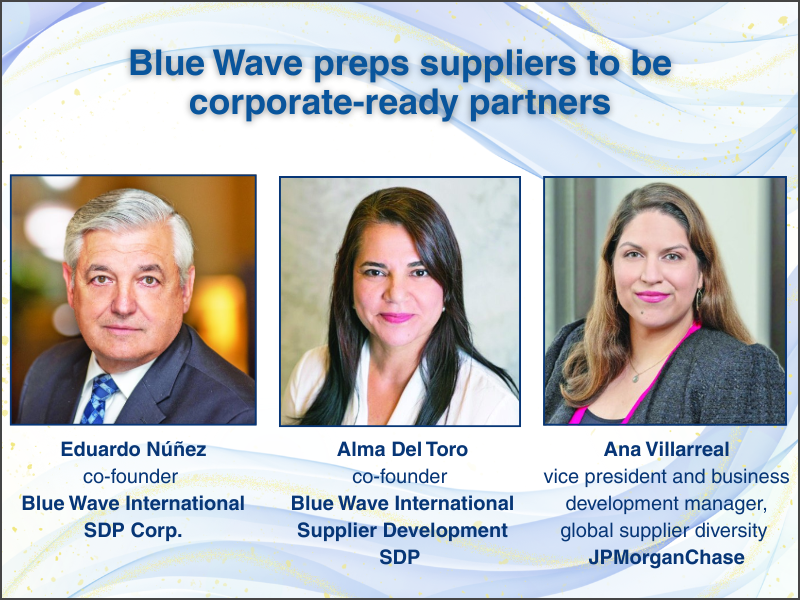American
Honda Motor Co. Inc. recently partnered with the Women’s Business Enterprise
National Council Ohio River Valley and Great Lakes Women’s Business Council to
host a Women’s Lunch & Learn.
After the
event, Monica Oliverio, vice president of general administration at American
Honda Motor, MBN USA sat down with her for an exclusive interview to discuss
her background; the challenges and opportunities ahead for women in leadership
roles in corporate America; and more.
Q: Can you tell us a bit about your
background and your experience?
A: I’ve been with Honda for almost 30
years, so my background before Honda was pretty brief. While I was in college,
I started in retail.
And while I
had an interest in production and operations when I was in school studying for
my degree, that retail experience surprisingly gave me my first glimpse of what
I would say was purchasing and supply chain and a little bit of sales, too. The
transferable skills that I learned include managing the inventory, supervising
a team, setting sales goals/targets, like KPIs [key performance indicators]. It
gave me enough competency and transferable skills that I could apply those in
my career.
So, when I
started with Honda in 1994, those were some of the capabilities that I was able
to use. I started in supply chain and purchasing. Back then, we called it parts
delivery but these days, we call it supply chain where we manage the parts and
suppliers for the products that we are producing.
In my role
as vice president of general administration encompasses both of what we call
indirect procurement for our U.S. operations as well as the facilities
management for our American Honda U.S. operations as well as some
administrative and corporate services functions.
Q: As one of the top women in the
automotive industry, what has been some of the key factors leading to your
success in this space?
A: When we talk about the things that
have contributed to my success, it’s really simple. When I reflect on my career
and the various roles that I’ve had, I would say that collaboration,
relationship-building and just really taking the time to invest in listening,
understanding and gaining broader perspectives through all the different
relationships I encountered. Because of the scope of purchasing, you interact
with lots of different suppliers, each one with different capabilities and
challenges. And then, within the company, you’re working with different
stakeholders.
When I
think about how each one of those experiences contributed to my growth, each
interaction, collaboration – individually and collectively – broadened my
perspective and contributed to my ability to mentor and develop individuals,
make better decisions and invest in relationships, because that’s important. At
the end of the day, it’s about people and team, and we’re all part of making
that success happen. So, my success is not just my success. It’s the team’s
success. It just happens to be that I’m leading a particular area.
Q: Diversity and inclusion for women
in leadership has certainly made significant progress in corporations over the
last several decades. What do you see as the biggest obstacle for continued
growth for women in corporate America?
A: If we look back over the last
several years, there’s been a lot of growth, whether it’s specifically about
women in leadership or our diverse populations, and that’s really encouraging
to me. There is more awareness and maybe a lot more intentionality as we’re
thinking about our actions or evaluating more broadly and holistically when we
are looking at who we put in in leadership and how we select the right
individuals. And that’s really important. So, I call that growth from where we
were several years ago. That’s momentum, right? But when you talk about what’s
the challenge, it’s how to keep that momentum and turn it into velocity.
To me, the
challenge is how to keep that velocity and fill the pipeline to keep that
forward motion, not just as individuals but together as the collective network
because it takes all of us. It takes commitment and awareness and
intentionality, not just as individuals, but together as the wider and broader
community. So, how do we keep that going and to create that ripple effect. If
you drop a stone in the water, eventually the waves fade out.
Q: So how do you keep dropping those
stones, so to speak, to keep that ripple going and that forward momentum going?
A: It’s still a challenge. In an
interview [with MBN USA] a few years back, we talked about creating space for
women, not to just participate but to intentionally invest in their growth to
help them be seen and recognized for everything that they’re capable of and to
give them the opportunity to contribute.
It’s the
advocacy, the investment and it’s not just among women for other women, but in
the broader community at large. So, I see a lot more men advocating for women.
They have daughters at home. They have wives. You know just the whole industry
and the working population is continuing to evolve. So, keeping that focus and
keeping that velocity is both challenging but also positive.
Q: Let’s talk about your core
philosophy and organizational leadership. What’s your style and how do you
manage that piece?
A: In my personal life and in my
professional life at Honda, it starts with respect for individuals. That
translates into recognizing that everyone has a talent or a capability, and
often they’ve not even recognized it themselves. That’s the source of my joy,
helping them to see those inner talents and capabilities, those natural
strengths. And then the weaknesses, too. A lot of times, we talk about both
strengths and weaknesses to help individuals recognize, oh gosh, I need to
improve this, or I can’t do that. One of the things in my leadership journey I
recognized a few years back – thankfully through 360 where I received some
feedback from the people that I work with – is that we don’t always have to
focus on fixing the weaknesses.
What we
should do as leaders is figure out how to compensate for them, and by
compensation, I mean that we can leverage other individuals that we work with
to help us with that, to take care of that, to delegate, to advocate. We don’t
have to put so much energy into those things that we feel are broken. We’re all
leveraging our strengths.
Q: What would you like your legacy to
be at Honda?
A: I’m very passionate about
leadership and people. So, when I think about how I would like others to
remember me, it’s about how I’ve helped individuals in their personal growth as
well as in their organizational and developmental growth.
I’ve had
roles in my career here at Honda that were focused on improvement and
transformation, taking a problem and collecting a team to help fix that
problem. But not just fix the individual problem, but the kind of systemic
matter that might have been at hand and how to really transform beyond what we
thought was possible.
My success
is not my own. It’s really the success of the team. So, I’d like to be
remembered as having the impact to just again harness that capability that
individuals have on their own and then, collectively as a team, to really drive
transformative, positive impact.





